"There is a dream called Tropea, so fragile that you can only whisper it, anything more than a sigh would make it vanish: contemplate it, live it, love it"
Tropea is...
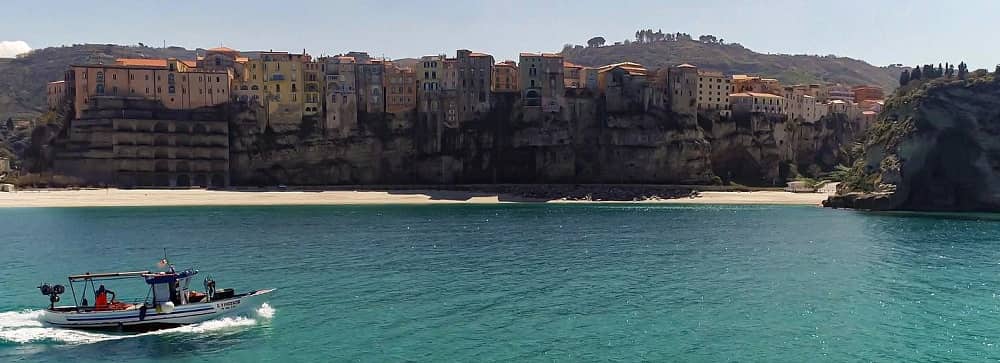
Tropea recently joined the exclusive club of the most beautiful villages in Italy (by winning the “Borgo dei borghi“ national contest). It is already a candidate to become the Italian Capital of Culture 2022, and it is included in the list of “Blue Flags” (Bandiere Blu.
Tropea is the "Pearl of the Tyrrhenian sea" and it is one of the special few destinations distinguished by history, art and natural beauty.
1. Visiting the Historical City Center of Tropea
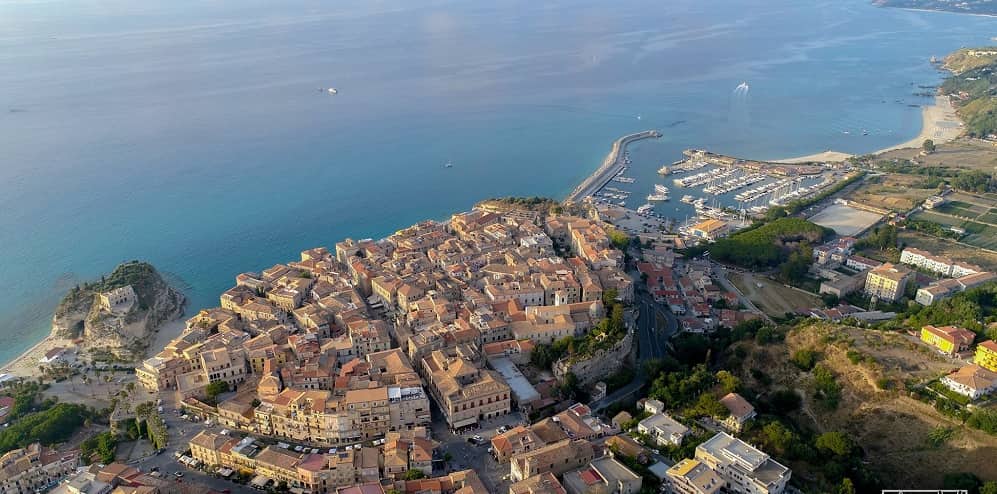
After these clarifications, we will start with the so-called "vinee", the small alleys within the lively and colourful historical centre, where hidden gems are only uncovered by those who know how to find them. Among the many churches and the splendid entranceways of the 18th and 19th century “palazzi” (homes of the noble families), history and legend intertwine. It is said, in fact, that the city was founded by Hercules himself when he stopped on the coasts of Southern Italy, on his return from the famous "Columns".
The cluster of overhanging buildings of the old city opens up to magnificent views of the emerald sea. They call them "affacci" because it is like opening a window into the infinite blue. They are a natural terrace offering breathtaking views, with the Aeolian Islands visible on clear days and particularly evocative at sunset. Suppose you visit the hamlet on any spring day and walk through the narrow streets. In that case, it is still easy to be enraptured by the song of the swallows as they move from one nest to another between the sloping roofs of the old houses, carried by the warm air rich with the scent of traditional dishes prepared by Tropean grandmothers.
The heart of the historic centre is the “Piazza Ercole”: nearby there is the “Palazzo Toraldo”, which houses, among other things, a collection of archaeological artefacts: very rare early Christian tombstones of inestimable value. The three most important viewpoints are those located in “Largo Galluppi”, “Largo Migliarese” and “Largo Villetta”.
2. Visiting the Cathedral of Tropea
Continuing on “Via Roma”, you will reach the Cathedral of Maria “Santissima di Romania”, the cathedral of Tropea, also known as the Norman Cathedral, because it was built by the Normans at the end of 1200 AD.
Built on the remains of a Byzantine cemetery, this building has undergone many renovations over the centuries, some due to the earthquakes that followed. Inside, on the main altar, the painting of the “Beata Vergine Maria di Romania” stands out, painted by a pupil of Giotto around 1230 AD. This “Madonna”, the patron Saint of the city, is very dear to the Tropeans as, according to tradition, she protected the population from earthquakes, diseases, wars, and famines.
3. Enjoying the landscape from Sanctuary of the Madonna dell'Isola
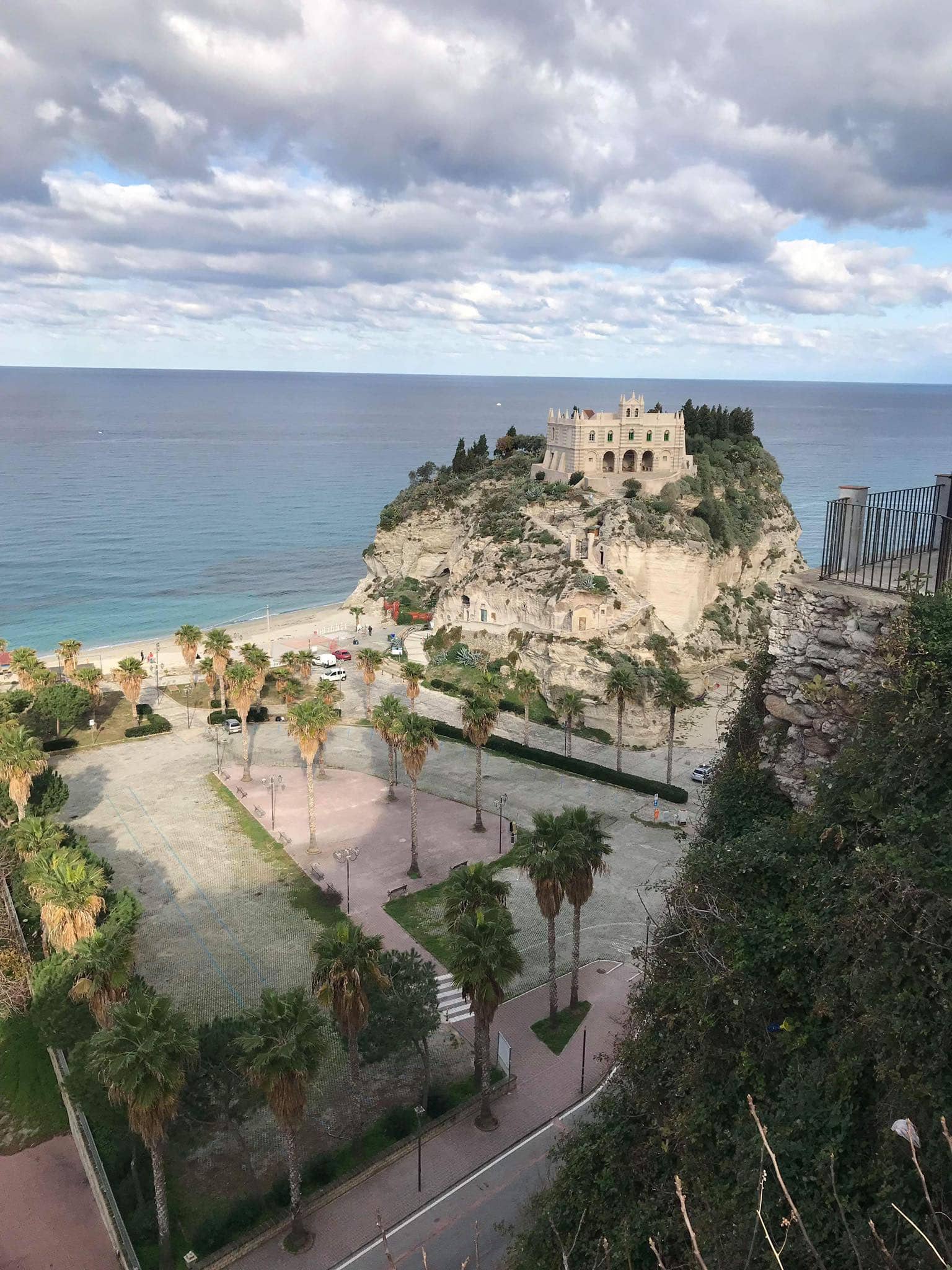
We now move to the “marina”, the lower part of the town. If you have ever seen a photo of Tropea, this almost certainly captures the Sanctuary of the “Madonna dell'Isola”, a popular place of worship. Reachable from an ancient staircase carved into the rock, with the beach at its feet, the Sanctuary has overlooked the sea and the marina for about 1,000 years. It is a real "enclave", in that both the church at the top and the rock that supports it are owned by the abbey of Montecassino. Beyond the religious reasons, this place deserves a visit for the fantastic view offered by the square in front of the church, as well as for the lush botanical garden immediately behind it. The view is so poignant because it embraces the entire horizon from “Punta Riace” to “Punta Zambrone” and offers a glimpse the islands of Vulcano, Stromboli, and even Etna.
4. Attending the Assumption of the Madonna's Procession
On the main altar, inside the church, there is the “Sacra Famiglia” (the Holy Family), a group of statues dating back to the 1700s that is lowered onto a fishing boat every year, on August 15th, for the procession of the Assumption of the Madonna. On the day of the procession, many boats filled with the Tropean faithful leave from “Mare Picciulu”, which means "little beach", due to the small-sized beach corner at the bottom of the sanctuary. They sail through the entire stretch in front of the town, arriving at the place named “Rocca Nettuno”. Here, the passengers pause for a while, intent on cheering and taking photos of the ceremony. The event ends at sunset, when the statues are hoisted to return to the church. The procession ends with a Mass and fireworks.
5. Going to the Beaches in Tropea
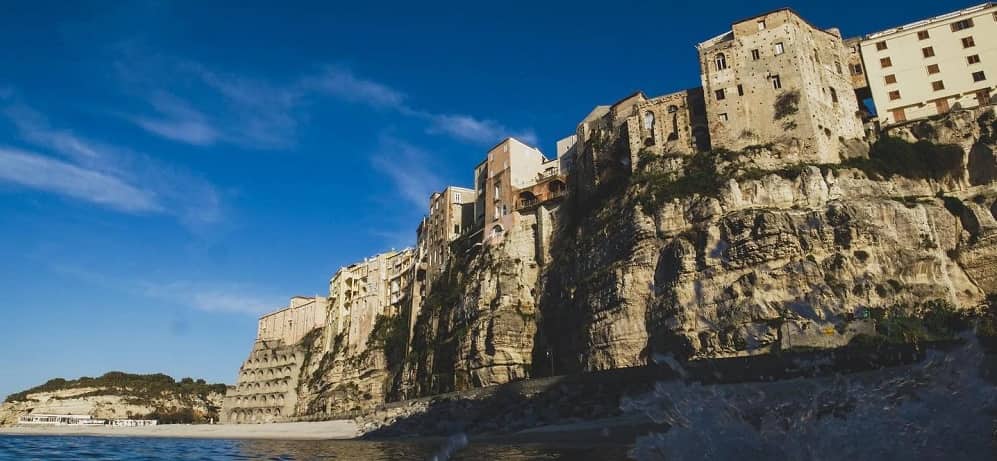
Tropea is part of the “Costa degli Dei” (or Costa Bella) coastline which extends for 55 km and is made up of cliffs, rocks and white beaches with hidden coves and crystal clear depths. There are, all in all, around a dozen beaches belonging to Tropea's area, both public and with beach bars; no small number considering the entire surface of the territory is 3 sq km. Most of these beaches can be reached on foot from various points in the city, through narrow streets and stairways.
Starting from the center, is the “Rotonda” beach, protected by rocks on both sides (“Scoglio dell’Isola” and “Scoglio San Leonardo”). A little further on, however, is the beach of “Marina dell’Isola”, with the moving view of the sanctuary at the top. From here you can (even by swimming) reach the “Grotta del Palombaro”. Further on is the “Cannone” beach, which is less crowded. The largest beach is the beach of ‘‘a Linguata”, a perfect spot for snorkelling. It is reachable by a fairly steep staircase, but one’s effort is rewarded by one of the most beautiful sea floors in the area. The farthest beach, about 1 km away from the city centre, is the free “Passo Cavalieri” beach.
6. Taste the Red Onion
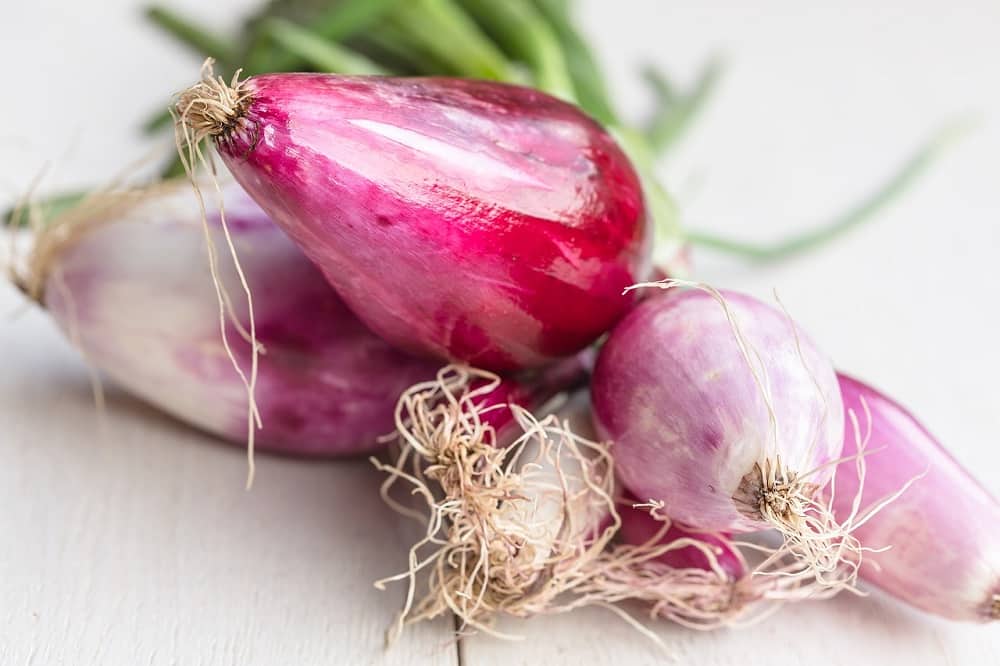
Finally, moving on to matters of taste, an ingredient that is paramount in Tropean cooking between spring and summer, is the famous sweet red onion. Spread first by the Phoenicians and then by the Greeks, it was under the Bourbons that this bulb became an expression of the Italian culinary tradition throughout Europe, becoming one of the most sought-after and well-known foods. Aside from its many beneficial properties, the "red onion of Tropea" is often used as a basic ingredient in the many dishes of the typical local cuisine. Due to its natural sweetness, it is often also eaten raw in salads. One such dish is the “fileja with red onion”; a fresh pasta in the shape of a long “fusillo”, twisted by hand with a tool called, in fact, the “filej”.
What about an Italian Course in Tropea?

Yet, Tropea is not just a seaside place to visit in the summer. In recent years, data has revealed that more and more people, mainly foreigners, choose our area as a destination for medium-term stays. In this momentous 2020 historical period, made up of epochal changes in the habits and behaviours of everyone, there are more and more requests for assistance with moving, even with family in tow, by workers who have the opportunity to work remotely. We help manage this process at Studio Italiano, our multipurpose centre based in Tropea, which aims to offer educational, recreational and logistical services to all those who love Italy, our culture and our lifestyle. While predominantly a language centre, over the years we have developed increasingly diversified skills in the field of welcoming and assisting foreign visitors.
Therefore, we offer not only Italian courses, recreational activities such as Calabrian cooking classes and food and wine tastings, but also logistical and bureaucratic assistance for those who intend to live for a while in Calabria, with particular attention to "smart workers" from all over the world.
For those interested in learning more, here you will find an interesting initiative to keep in touch with us.
CONTACT THE SCHOOL CENTRO ITALIANO IN TROPEAAbout the author
Written on 28/06/2021

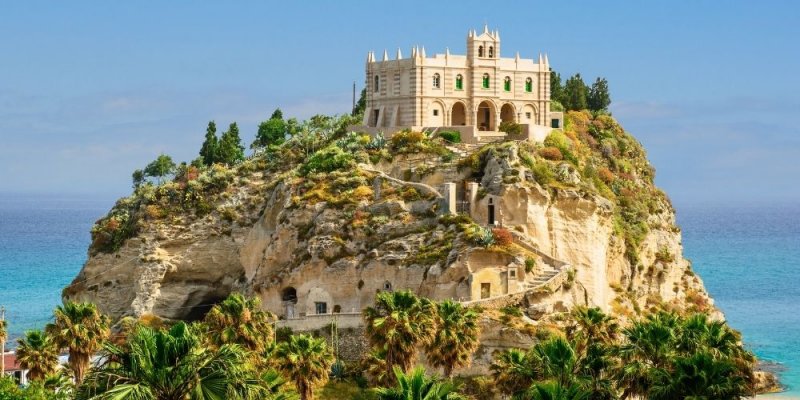

Associazione Licet
Tropea is an enchanting Calabrian village rich in history, folklore and religion. Perfect for those who love the sea and food and wine. Come and discover with us the 6 things to do in Tropea.